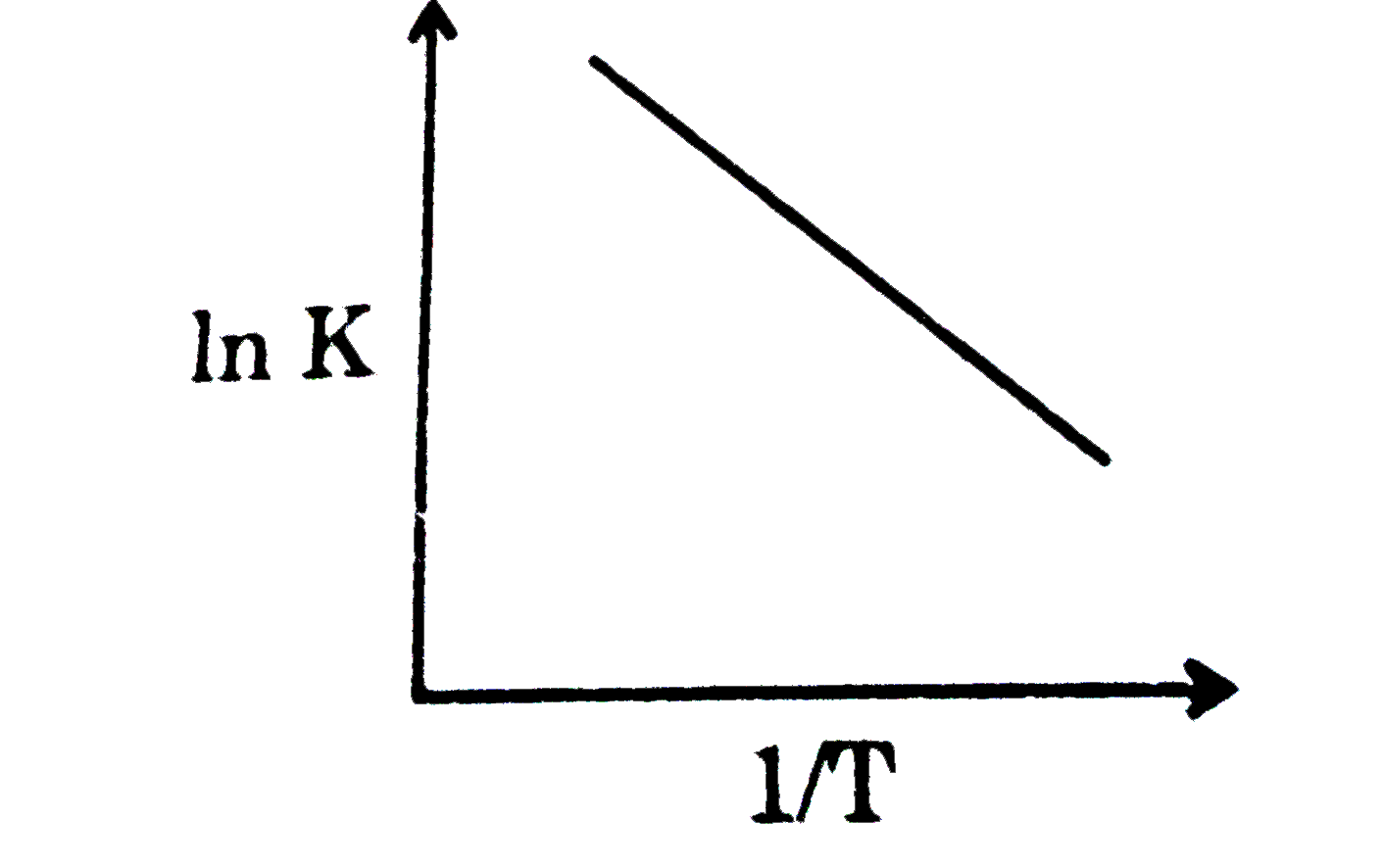For the given reaction.
2A(s)+B(g)⇔C(g)+2D(s)+E(s)
the degree of dissociation of B was found to be 20% at 300k and 24% at 500 k the rate of backward reaction
The correct Answer is:C
Step by step video & image solution for For the given reaction. 2A(s) +B(g) hArrC(g)+2D(s) +E(s) the degree of dissociation of B was found to be 20% at 300k and 24% at 500 k the rate of backward reaction by Chemistry experts to help you in doubts & scoring excellent marks in Class 12 exams.
Updated on:21/07/2023Topper's Solved these Questions
Similar Questions
Knowledge Check
The Kc for given reaction will be A2(g)+2B(g)⇔C(g)+2D(s)
AK=[C][D]2[A2][B]2BK=[C][A2][B]2CK=[A2][B]2[C][D]2DK=[A2][B]2[C]For the reaction: 2A(g)<⇒3B(g)+C(g),Kp=2.7×10−9atm2 at 298 K. The degree of dissociation of A(g) at 298 K and 40 atm is-
A0.1B0.001C0.001D0.0001For reaction, 2A(g)⇔3C(g)+D(s), the value of Kc will be equal to
AKp(RT)BKp/RTCKpDNone of these
For the reaction, A(g)+B(s)⇔C(g)+D(g).Kc=49molL−1at127∘C. Calculate kp.
View SolutionFor the reaction A(g)+B(s)⇔C(g)+D(g),Kc=49moldm−3 at 127∘C. Calculate Kp.
View SolutionFor the reaction, SnO2(s)+2H2(g)⇔Sn(l)+2H2O(g) the equilibrium mixture of steam and hydrogen contained 45% and 24%H2 at 900K and 1100K respectively. Calculate Kp at both the temperature. Generally should it be higher or lower temperatures for better reduction of SnO2?
View SolutionMass action ratio or reaction quotient Q for a reaction can be calculated using the law of mass actionl,
A(g)+B(g)⇔C(g)+D(g)
Q=[C][D][A][B]
The value of Q decides whether the reaction is at equilibrium or not.
At equilibrium, Q=K
For non-equilibrium process Q≠K
When Q>K, reaction will be favoured in backward direction and when Q<K, it will be favoured in forward direction.
In the following reaction :
2SO2(g)+O2(g)⇔2SO3(g)
The equilibrium is not attained. The rate of forward reaction is greater than that of backward reaction. Thus, which of the following is the correct relation between Kp and Qp?
View SolutionConsider the following reaction :
2A(s)+3B(g)⇔2C(g)+2D(g)
For given reaction, graph which is followed between ln k and 1/T is:

Which of the following statement(s) is/are incorrect ?
View Solution
